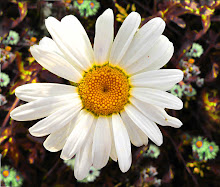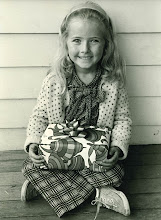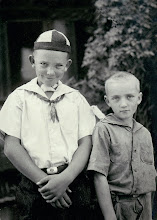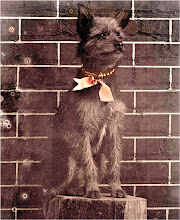
The Peony
I had to do some shopping yesterday and when I walked in the door the very first thing I saw were the peonies.. 3 wrapped up fresh off the delivery truck. A young florist there named Emily is a friend and we often talk about flowers. These might be my favorite flowers for beauty so I decided to pay a tribute to them by featuring a photo session I did yesterday in the back yard, and over the next few days talking about the different aspects of peonies in our lives. Check back tomorrow as I will feature another image and talk more about what I am learning about this not only wonderful but beautiful floral. I am so in love with my 3 stems that every time I go into the kitchen, where they are in a crystal vase my mom gave me for my wedding, many many years ago and I still keep in its box when I am not using it, the 3 stems sit. The blooms so beautiful I cannot help but stop and look at them. This is truly a love affair I was not prepared for when I bought them. I want to share all the different images I took yesterday and start with the inside view of the workings of the flower itself. Enjoy the paragraph below and enjoy Friday as it only comes once a week. And for your own happiness, stop by a florist and tell yourself..yes! I deserve to have a bouquet of beautiful flowers on my table... the amount of joy they bring cannot be disputed! enjoy!!
Peonies in Medicine
Arguably the first use of peonies by people was for their medicinal value. There is evidence that peonies were used extensively in both the Far East and Europe as long as two thousand years ago. Many parts of the plant are purported to have medicinal properties. Roots, bark, seeds and flowers were all believed to be of some medicinal use.
In texts describing Traditional Chinese Medicine (TCM) three peony preparations are well known. The first is Mu Dan Pi, which is made from the bark of tree peonies, and is said to cool the blood as well as have antibacterial properties. Chi Shao Yao is made from the root of the herbaceous peony P. lactiflora and is also said to cool the blood and relieve pain. Bai Shao Yao is made from the same roots but with the bark removed and is said to nourish the blood.
Where as peonies have been used continually in medicine in the eastern world, the same can not be said of the western world. Peonies were used during medieval times. However their popularity subsequently declined and until recently little was heard of the medicinal properties of peonies.
During the middle ages in Europe only two peonies were widely used P. officinalis and P. mascula (know respectively as the female and male peony). Their uses included everything from childbirth to the warding off of evil spirits. Peonies were said to be recommended to cure gall stones, control epileptic seizures, soothe teething pain and cure jaundice.
Peony seeds have been swallowed whole to prevent bad dreams or used in a poultice to relieve stomach aches. Flower petals have been dried and used to make a tea that was reputed to soothe a cough. They were considered a panacea. In the middle ages there where not many ailments that peonies were not thought to soothe!















4 comments:
they are among my favorites. and they are so rewarding. early too. i had a pink one and thought i lost in in a storm when a limb fell on it. but the next spring it emerged as if nothing had happened. lovely!
Peonies make me think of Grandma. She had a yard full of red, pink, whites all covered with ants of course. LOL Lovely photo!
I love learning about medicinal purposes of natural plants, flowers, herbs, etc. I think there is so much there to learn and take advantage of.
Marianne, I have tried three times to leave a comment and it never works! I love the blog about peonies. Beautiful and in formative.Thank you, Grammaclancy
Post a Comment